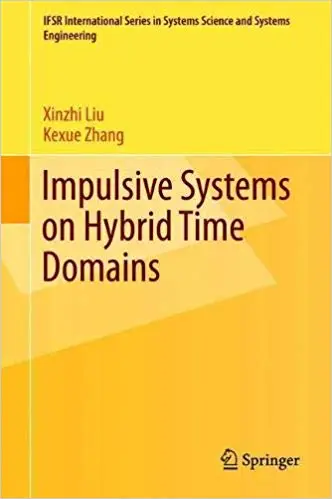Xinzhi Liu, Kexue Zhang, "Impulsive Systems on Hybrid Time Domains"
2019 | ISBN-10: 3030062112 | 321 pages | PDF, EPUB | 35 MB
2019 | ISBN-10: 3030062112 | 321 pages | PDF, EPUB | 35 MB
This monograph discusses the issues of stability and the control of impulsive systems on hybrid time domains, with systems presented on discrete-time domains, continuous-time domains, and hybrid-time domains (time scales). Research on impulsive systems has recently attracted increased interest around the globe, and significant progress has been made in the theory and application of these systems. This book introduces recent developments in impulsive systems and fundamentals of various types of differential and difference equations. It also covers studies in stability related to time delays and other various control applications on the different impulsive systems. In addition to the analyses presented on dynamical systems that are with or without delays or impulses, this book concludes with possible future directions pertaining to this research.



